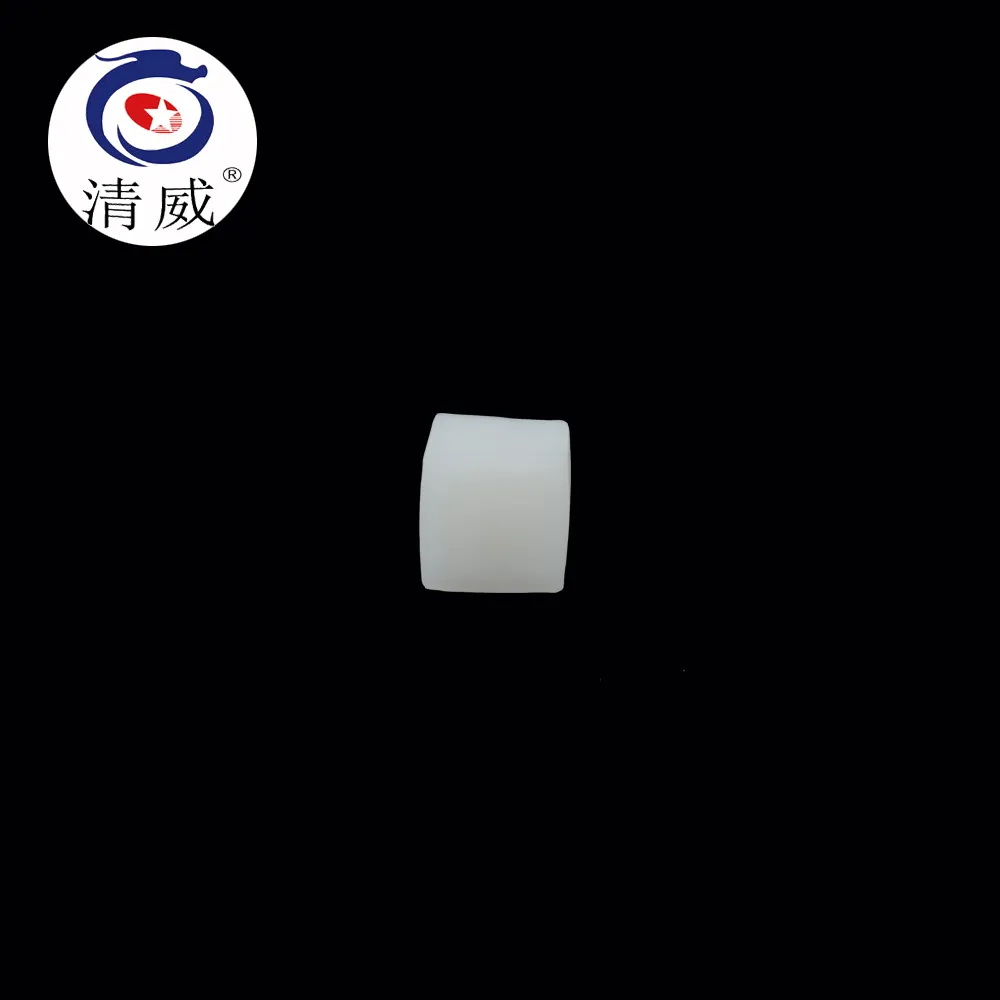stair nosing step edge
The Importance of Stair Nosing for Safety and Aesthetics
Stairs are an essential architectural feature in both residential and commercial buildings. They not only connect different levels but also serve as a focal point in interior design. However, with their significance comes a critical responsibility ensuring safety. One often overlooked yet pivotal element in stair design is the stair nosing. This article discusses the importance of stair nosing, highlighting its safety benefits, aesthetic contributions, and building regulations.
What is Stair Nosing?
Stair nosing refers to the prominent edge on the front of a stair step. It is the part of the stair that extends slightly beyond the riser, providing a flat surface where foot traffic occurs. Stair nosing can be made from various materials, including wood, metal, rubber, and composite materials, each chosen for its specific advantages.
Safety Benefits
One of the primary functions of stair nosing is to enhance safety. The protrusion helps to define the edge of each step, providing a visual cue that can prevent trips and falls. This is particularly essential in low-light conditions where visibility is limited. Moreover, many stair nosings come with a textured surface or an insert made of contrasting materials, which can provide additional grip. This is crucial in environments prone to wet or slippery conditions, such as commercial spaces, hospitals, and schools.
According to the National Safety Council, falls are one of the leading causes of injuries, particularly among the elderly. Proper installation of stair nosing can significantly reduce the likelihood of such accidents by ensuring that each step is easily identifiable and secure.
stair nosing step edge

Aesthetic Contributions
In addition to their functional benefits, stair nosings also play an essential role in the aesthetics of a space. They can enhance the overall design by adding a finishing touch to the stairs. Different materials, colors, and finishes can be chosen to complement or contrast with the surrounding decor. For instance, a sleek metal nosing can give an industrial feel, whereas a wooden nosing can add warmth and charm to a traditional setting.
Creative designs can also incorporate stair nosing as a design element in itself. Custom-made stair nosings can include patterns or motifs that reflect the building's architectural style, turning a functional component into a statement piece.
Building Regulations and Standards
Stair nosing is not just a style choice; it is often subject to building codes and regulations. Many local laws require that stairs meet specific safety criteria, including the dimensions and materials used for nosing. For instance, the Americans with Disabilities Act (ADA) stipulates that stair nosings should have a minimum width and should be detectable by those with visual impairments. Compliance with these regulations is crucial for ensuring that buildings are accessible and safe for everyone.
Conclusion
In conclusion, stair nosing is a fundamental aspect of stair design that should not be overlooked. Its ability to enhance safety and aesthetics makes it a critical consideration for architects, builders, and homeowners alike. By providing a clear edge on each step, stair nosing helps to prevent accidents while also allowing for creative expression in building design. As building codes increasingly require safety measures, incorporating stair nosing into design plans is not just advisable but essential for creating safe and beautiful spaces. Whether you are designing a new building or renovating an existing one, paying attention to the details of your stair nosing can lead to significant improvements in both safety and the overall aesthetic appeal of your environment.
-
Under Door Draught Stopper: Essential ProtectionNewsJul.31,2025
-
Garage Door Seal and Weatherstrips for ProtectionNewsJul.31,2025
-
Edge Banding Tape for Perfect EdgesNewsJul.31,2025
-
Table Corner Guards and Wall Corner ProtectorsNewsJul.31,2025
-
Stair Nose Edging Trim and Tile Stair SolutionsNewsJul.31,2025
-
Truck Bed Rubber Mats for Pickup BedsNewsJul.31,2025
-
Window Weather Stripping for Noise ReductionNewsJul.29,2025